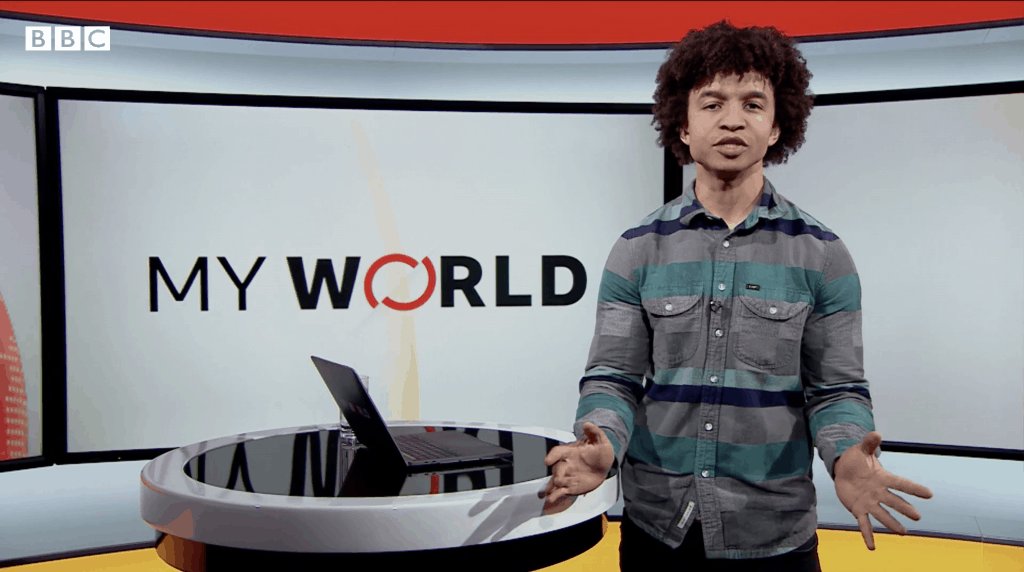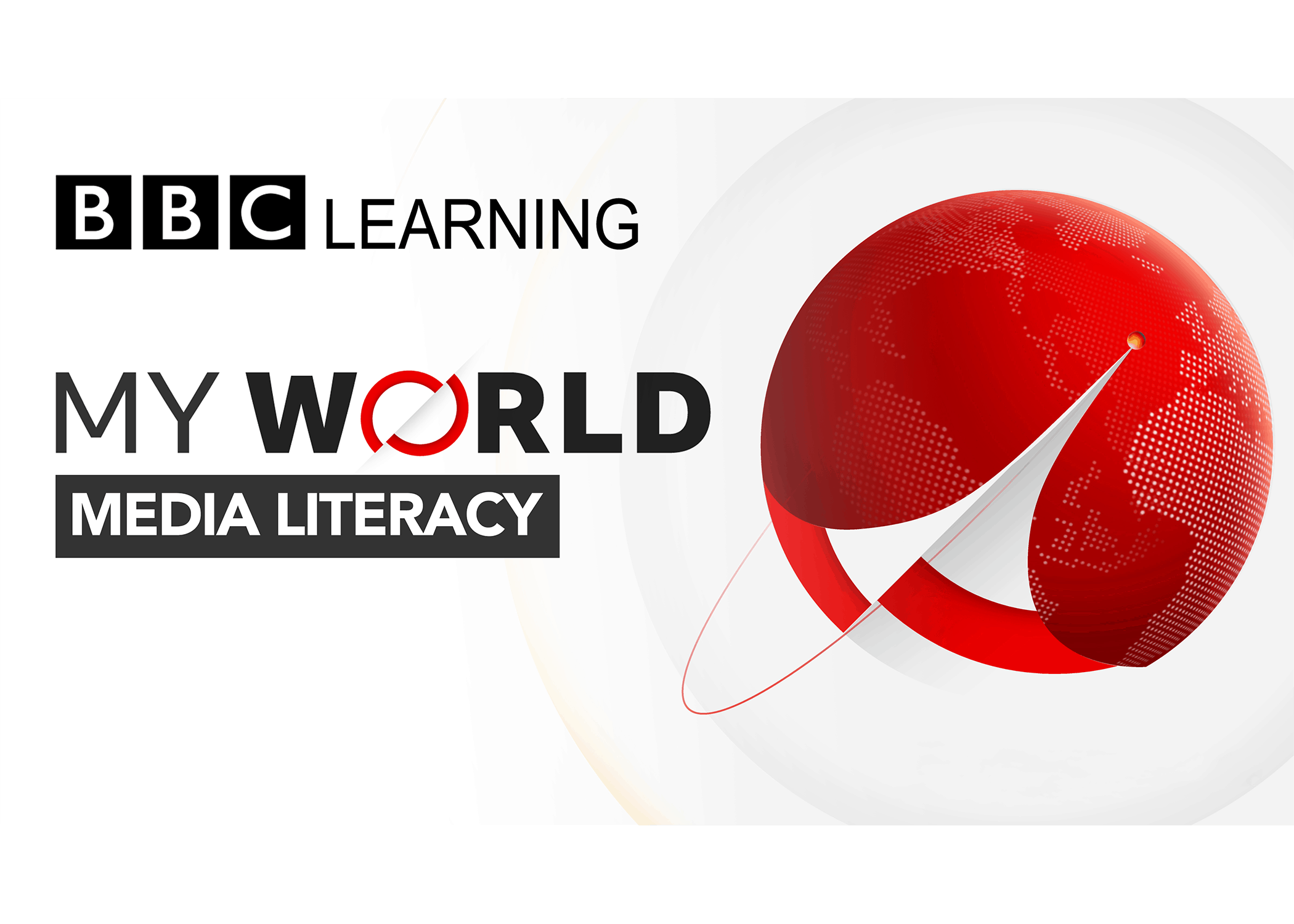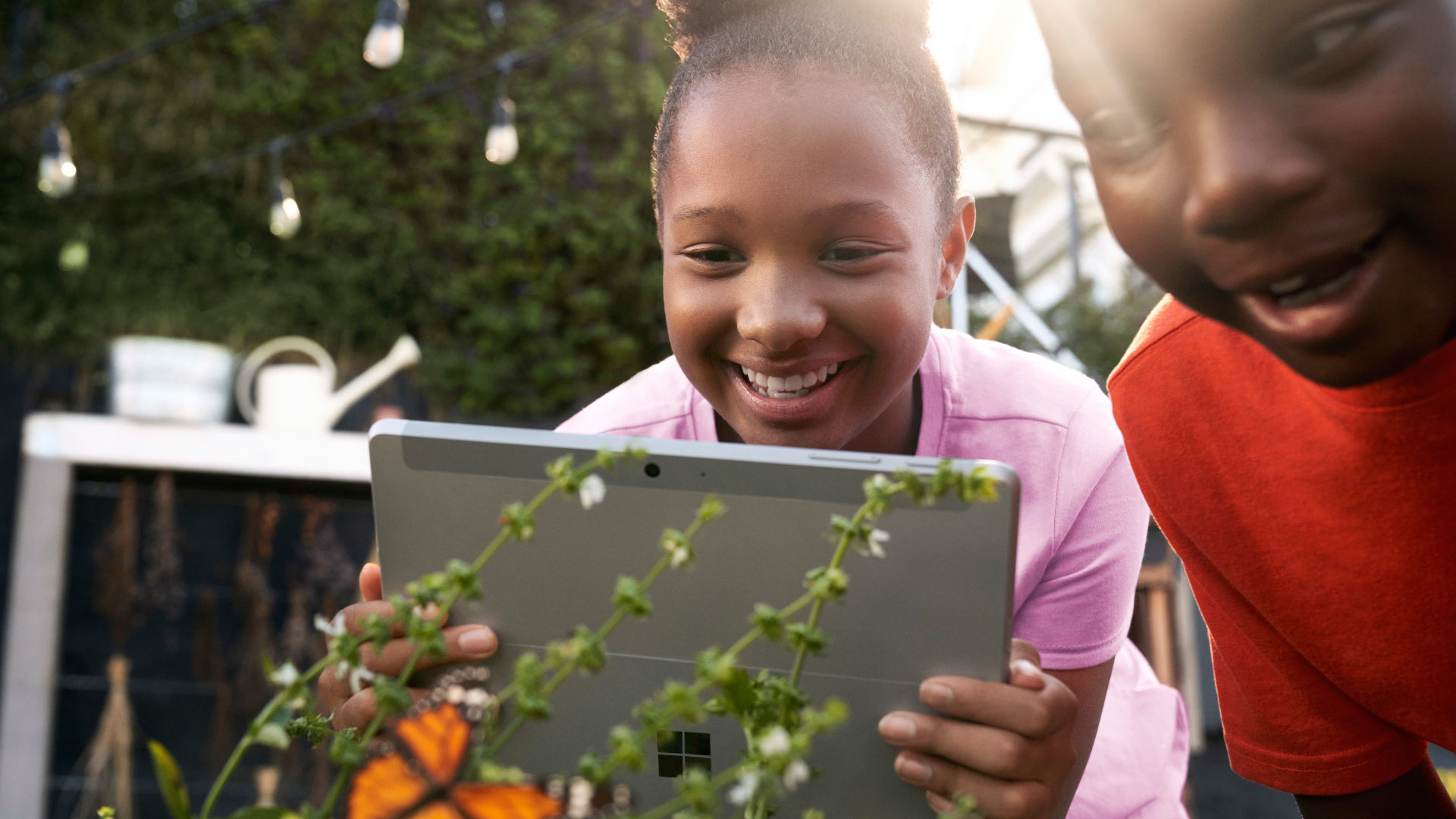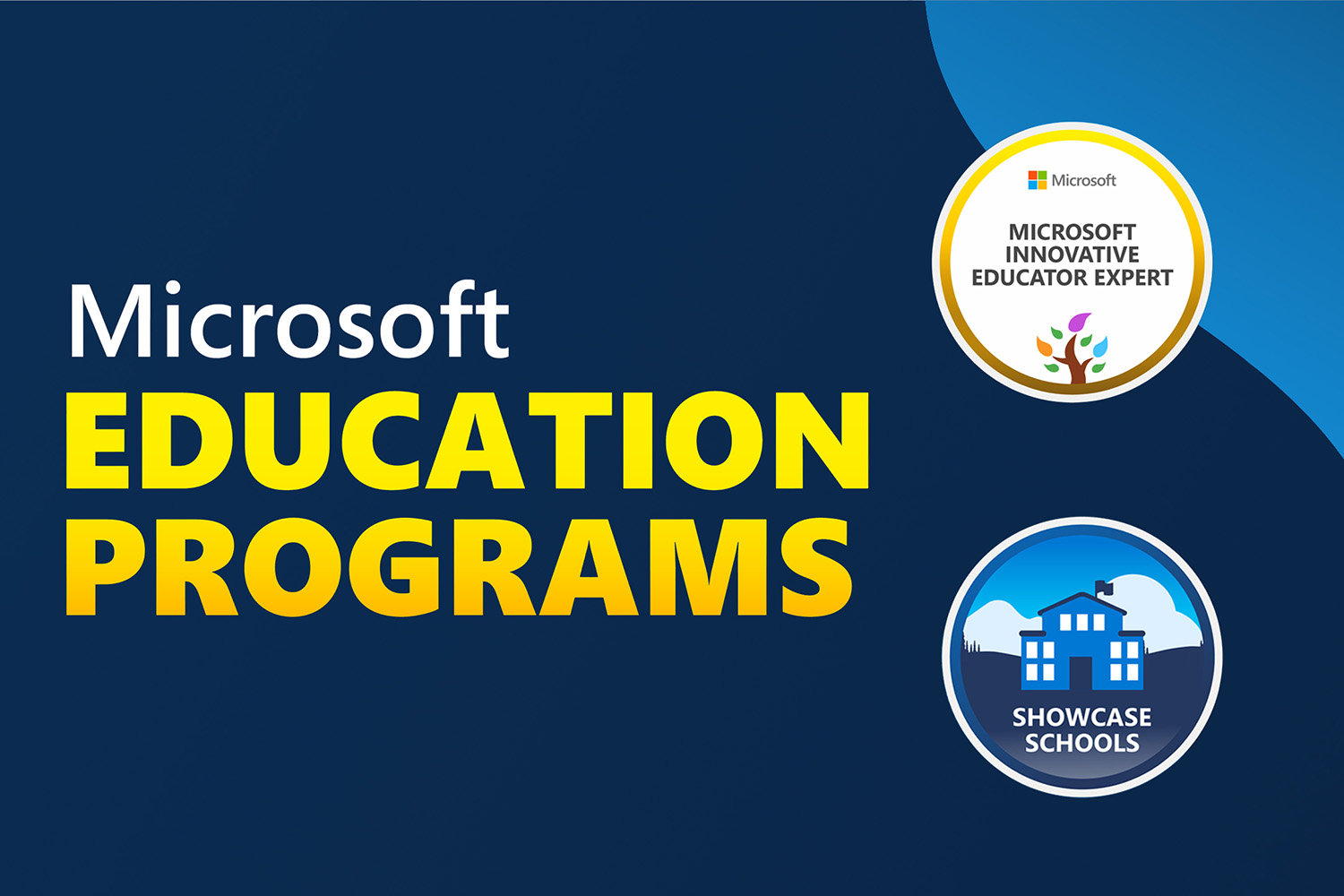Microsoft Education has teamed up with BBC Learning and BBC World Service to bring you and your students an engaging global media literacy program that will help teach students how to be good consumers of the news and raise their awareness about global issues. These resources can be used remotely, amid the current school closures, or used in a traditional classroom setting.

“My World” features 10, 30-minute episodes, as well as 10 video segments delivered by BBC journalists. This series is designed to teach students ages 11 to 14 about topics such as how news is gathered, the workings of a newsroom, transparency and accountability in journalism, covering a developing story, and the role of social media in the dissemination of news.
Teachers can share segments and related resources with their students to watch from home as schools shift to distance learning. The segments explore media coverage and information sharing about global events like the recent bushfires in Australia, freedom of speech in China, and COVID-19. Actress and humanitarian Angelina Jolie served as executive producer of the series. “There has never been a time when it was more important to introduce the next generation to objective, impartial and factual explanation of the events and issues shaping our world,” said Jolie. “Children today are exposed to a lot of opinions, but not necessarily to information that is fact-based and reliable.”
Jolie has been outspoken about the need to support students during the current outbreak and recently penned this article about the effort by the UNESCO Global Education Coalition, which Microsoft and BBC are part of, to provide teachers and students with access to educational resources.
Each “My World” video segment is accompanied with rich learning materials and standards-aligned lessons that are differentiated by grade band. A professional development video segment is available to support you, and all the resources have embedded guidance to help you deliver your lessons effectively. The videos and accompanying resources are free and available on the Microsoft Educator Center, and you can make them available to your students. Find all ten My World Media Literacy lessons here.
The lessons include easy and effective ways to use free Microsoft education resources, such as Teams and the video sharing platform Flipgrid, to deepen engagement, empower student voice, and help students create and share their own content. For example, after watching an episode on finding reliable information and reading a news article, you can guide students’ analysis of news sources by posting focus questions in Flipgrid for students to answer and share responses.
Examples of lesson activities include asking students to:
- Look for bias in news articles and rewrite them to be as impartial as possible.
- Compare how different news outlets report on a single topic.
- Examine stories with errors and decide if they need corrections, clarifications, or retractions and write the statement a news outlet might make to adjust a story.
- Analyze articles on the front page of a newspaper or webpage and develop a list of reasons why each story is placed where it is.
The lessons align to media literacy, social studies, English language arts, and other key educational standards. In addition to helping students become strong consumers of news, the lessons can help foster critical thinking, reasoning, communication, and collaboration skills—all of which are vital to success in school and life.
The program is designed with the traditional middle school student in mind, grade bands 6 – 8 and ages 11-14. However, we understand that student learning can pace differently, so we included within each of the 10 lesson plans an “Extend and Connect” section. This section includes curriculum adaptations for students ages 6-11, as well as students aged 14-19.
Let us know what you think of these new resources by tagging @MicrosoftEDU on Twitter! If you haven’t signed up for the Microsoft Education Center newsletter—that’s where you’ll find these great new media literacy resources and more—please sign up here.




